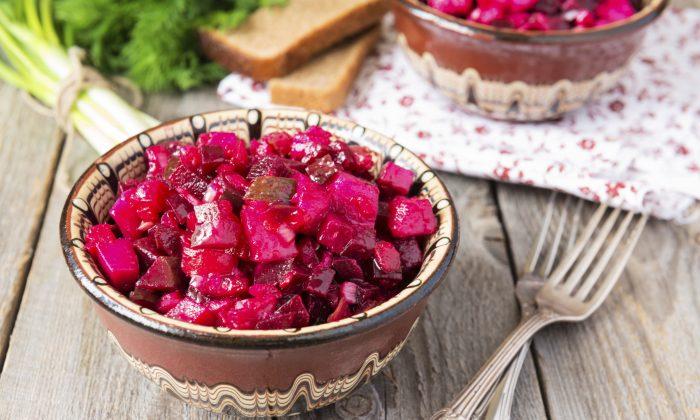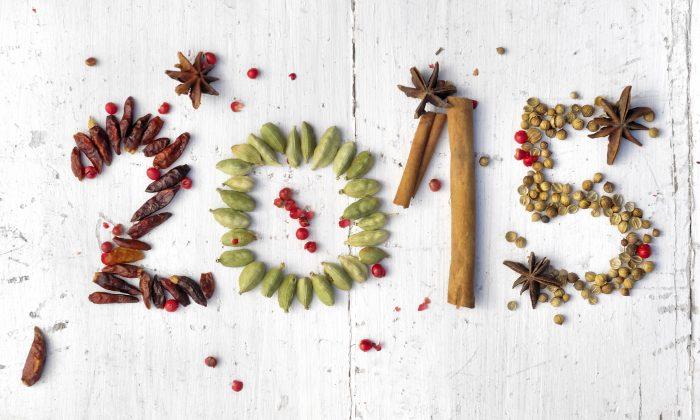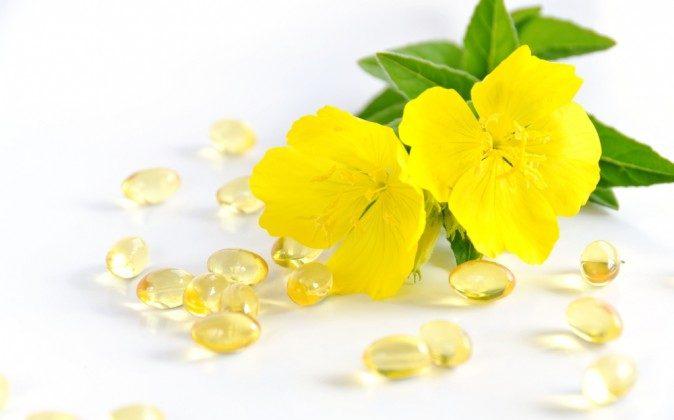Purple (blue and black) fruits and vegetables are packed with healthy nutrients. This time of year, farmers markets are a great place to find the freshest local fresh fruits and vegetables that feature all colors of the rainbow. None are more healthful than the deep purple and blue hues of the anthocyanodins and proanthocyanidins. Just remember to put a little purple on your plate!
Blueberries. Low in fat and full of dietary fiber, blueberries are packed with vitamin C, an excellent source of manganese and full of phytonutrients—polyphenols—that have antioxidant and anti-inflammatory properties.
Blackberries. Low in fat , cholesterol, and sodium, blackberries are a good source of Vitamin E, folate, magnesium, potassium, and copper, and a very good source of dietary fiber, Vitamin C, Vitamin K, and manganese.
Purple Stringbeans. They may start off purple, but once you start to cook them, they turn green! Green beans in general are a healthy choice, and all the varieties and colors including green, yellow, and purple have a similar nutritional profile. They are an excellent source of Vitamins K, C, and manganese, and a very good source of Vitamin A, potassium, folate, tryptophan, and iron.
Beets. A unique source of phytonutrients called betalains. Betanin and vulgaxanthin are the two best-studied betalains from beets, and both have been shown to provide antioxidant, anti-inflammatory, and detoxification support. Beets are also very low in saturated fat and cholesterol and a good source of Vitamin C, iron, and magnesium. They are an excellent good source of dietary fiber, folate, potassium, and manganese.
Red Onions are one of the best natural sources of quercetin, a bioflavonoid that is particularly well suited for scavenging free radicals. In addition to quercetin, red onions provide allicin and chromium.
Eggplants. This vegetable is very low in saturated fat and cholesterol. It is also a good source of Vitamin K, thiamin, Vitamin B6, folate, potassium, and manganese, and a very good source of dietary fiber.
Plums are an excellent source of Vitamin C, Vitamin A, B-complex Vitamins, dietary fiber, and flavonoid poly phenolic antioxidants such as lutein, cryptoxanthin and zeaxanthin. Also, plums are rich in minerals like potassium, fluoride, and iron.
Black grapes. One serving of grapes provides 25 percent of the DV of vitamin C, as well as calcium, iron, and Vitamin A. A good source of lutein and zeaxanthin antioxidants that specifically protect the cells of the eye from oxidative damage.
Raddichio. Like other chicory class vegetables, is very low in calories, saturated fat, and cholesterol. It is also a good source of dietary fiber, Vitamin B6, pantothenic acid, iron, magnesium, phosphorus, and zinc, and a very good source of vitamin C, vitamin E , vitamin K, folate, potassium, copper, and manganese.
Red cabbage. With twice as much vitamin C as regular cabbage, the rich red color of red cabbage is due to its concentration of anthocyanin polyphenols. These flavonoids are said to act as an anti-inflammatory, and play a therapeutic roles in a number of human diseases. In addition to being packed with vitamin C and anthocyanins, red cabbage is packed with fiber, vitamin K, vitamin B6, potassium, and manganese, and also contains thiamine, riboflavin, folate, calcium, iron, and magnesium.
Eco18 is a collective of creative-writing individuals from different backgrounds with a common goal—to live a healthier, more natural lifestyle. Their combined expertise, humor, and opinions explore green and sustainable in a practical, fun way. www.eco18.com
Put Some Purple on Your Plate

By Sue Taggart
7/31/2013
Updated: 7/31/2013





Friends Read Free